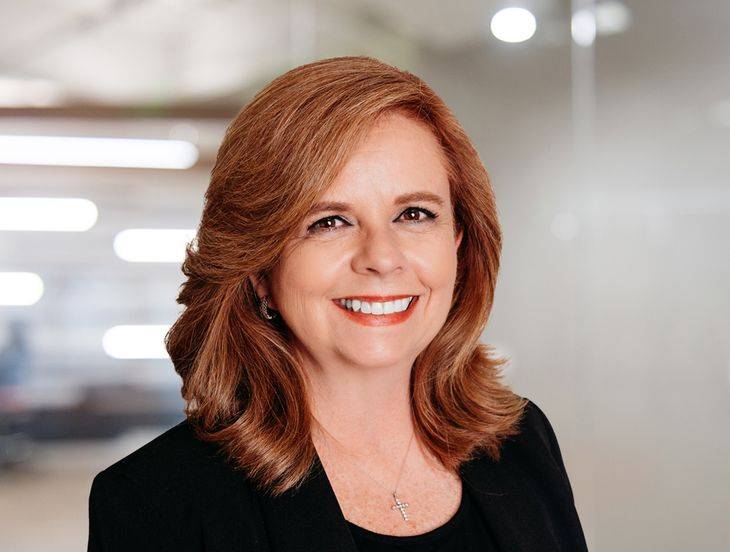The Next Generation of E-Verify: A Brief Guide for PEOs
Insights
10.07.24
E-Verify+ is a new government tool that aims to streamline workplace eligibility verification – and it could soon impact PEOs that choose to assist their customers with E-Verify procedures. This article provides a summary of E-Verify+, the touted benefits for employers, and related issues that PEOs may encounter.
E-Verify: The Federal Government’s Online System for Employment Verification
E-Verify is a web-based tool maintained by the Department of Homeland Security (DHS) and the Social Security Administration (SSA), used to confirm the work authorization of new hires. After gathering information from employees in the completion of the required I-9 Employment Eligibility Verification process, participating employers input information from the I-9 into the E-Verify site and receive near-immediate government confirmation of work eligibility.
- Program Basics: The E-Verify program is intended to prevent employment of unauthorized individuals and reduce instances of identity fraud. By checking the validity of employee information in real time, E-Verify significantly reduces the hiring of individuals who may not have proper work authorization.
- Safe Harbor: The program also provides a safe harbor for employers. Where E-Verify confirms employment eligibility for a new hire, an employer is protected from possible penalties if they later discover that the individual is not actually work-authorized.
- Voluntary Engagement: Participation in E-Verify is voluntary for most employers, though some may be required to use it depending on federal, state, or local laws. For example, federal contractors and subcontractors are typically required to use E-Verify as part of their contractual obligations. Several states have also mandated use of E-Verify, although those laws vary in scope.
- Employer Concerns: Employers often choose not to enroll in E-Verify. Some have privacy concerns related to employee data, others assume they’ll have additional administrative burdens to manage compliance, and others still worry about the potential for increased scrutiny from government agencies.
The Future of Employment Verification: E-Verify+
The E-Verify program is completely independent of mandatory I-9 verification, although it includes very similar steps which may seem redundant. This perceived duplication of effort has been a common criticism of the program from its inception. Employers must manually enter information from an employee-provided identification document and/or other work authorization documents onto the I-9 and then reenter much of the same information into the E-Verify site.
But with the rollout of E-Verify+ (previously called “E-Verify NextGen”), DHS and SSA authorities have sought to reduce the burden on employers by combining aspects of the I-9 and E-Verify systems into a single, united process. In addition, the responsibility for accurate data input will be shifted to employees.
There are three potential benefits to the E-Verify+ system, for workers and employers alike.
It allows employees to enter their own personal information and documents.
- Employees receive more privacy and security for their personal information.
- Employers gain improved efficiency and reduce data entry errors.
Workers and employers both receive direct notification of employment status.
- Employees get immediate notification in most cases, either confirming that they are “Employment Authorized,” or they’ll receive a “Tentative Nonconfirmation” indicating some discrepancy between the entered data and government records. In such cases, they’ll receive information about what further action is needed to confirm employment eligibility.
- In most cases, employers will no longer need to deliver Further Action Notices to employees. Presently, such notifications are only issued to employers, who must serve as an intermediary in communicating the results to employees and providing instructions for possible next steps.
This direct notification from the E-Verify+ system to individual workers is intended to be faster and more confidential, likely allowing for swifter case resolution.
Verification status is carried over to new employment.
- Workers are able to update and share employment eligibility status with new employers and not have to repeat the process with each new job.
- This improvement will significantly reduce the amount of new E-Verify cases that employers must initiate each year by relying on the verification process already undertaken by previous employers. Employers receive the benefit of a seamless integration process with E-Verify, allowing them to manage all cases in one place.
This should allow employers, their new hires, and related government agencies to focus more attention on individuals entering the U.S. workforce for the first time.
E-Verify in the Context of PEO
While PEOs have no statutory or regulatory mandate at the federal, state, or local level to participate in the E-Verify program (apart from a Florida statute enacted in 2023), PEO customers may be obligated to utilize E-Verify depending on several factors such as the location of its worksites and number of employees. And of course, those employers may simply choose to use E-Verify as part of their regular hiring process, regardless of any legal requirement.
Consequently, PEOs may be asked by their customers to assist with the E-Verify process. Many PEOs choose not to get involved with any aspect of the program. However, some PEOs may decide to provide E-Verify support to relieve some of the administrative burdens on customers.
PEOs providing E-Verify assistance to customers typically serve as the customer’s appointed E-Verify “Employer Agent.” For E-Verify purposes, an Employer Agent is defined as “any person, company, or other entity that is providing the service of verifying employees as third party to employers through the use of E-Verify.” Under this arrangement, PEOs handle E-Verify processes for all new hires, including the creation of new cases, closing confirmed authorization cases, and assisting customers with the resolution of Tentative Nonconfirmations. We are hopeful E-Verify+ will this as well in the future, enabling PEOs to utilize the E-Verify+ system on behalf of their customers.
Even PEOs that decide to leave customers completely to their own devices with respect to E-Verify+ may be confronted with systems challenges. The portable certificates of authorization to work generated using E-Very must be something the PEO’s system can accept in lieu of the PEO’s normal I-9 onboarding procedure. Customers may also ask the PEO to integrate E-Verify+ into the PEO’s systems in other ways. These issues are something PEOs should explore now before E-Verify+ comes to fruition.
Conclusion
Creating new HR solutions which properly synch with the new government portal may prove to be quite difficult. Again, E-Verify+ is not yet available for E-Verify Employer Agents, including PEOs. The specific ways in which data can be transmitted from a PEO onboarding platform into the E-Verify portal is unknown.
Once available, however, PEOs that opt to provide employment verification assistance as part of their value proposition need to be prepared to discuss the significant changes introduced through E-Verify+ with their customers. Above all else, PEOs and their customers should remember that E-Verify+, like its predecessor, remains an optional program in most contexts.
Make sure you are subscribed to Fisher Phillips’ Insight System to get the most up-to-date information. We will continue to monitor the situation and provide updates as more information becomes available. Any questions may be directed to your Fisher Phillips attorney, the authors of this Insight, or any attorney on our PEO, Staffing, and Gig Workforce Team or Immigration Practice Group.
Related People
-
- Brian J. Coughlin
- Partner
-
- Ree Harper
- Partner

